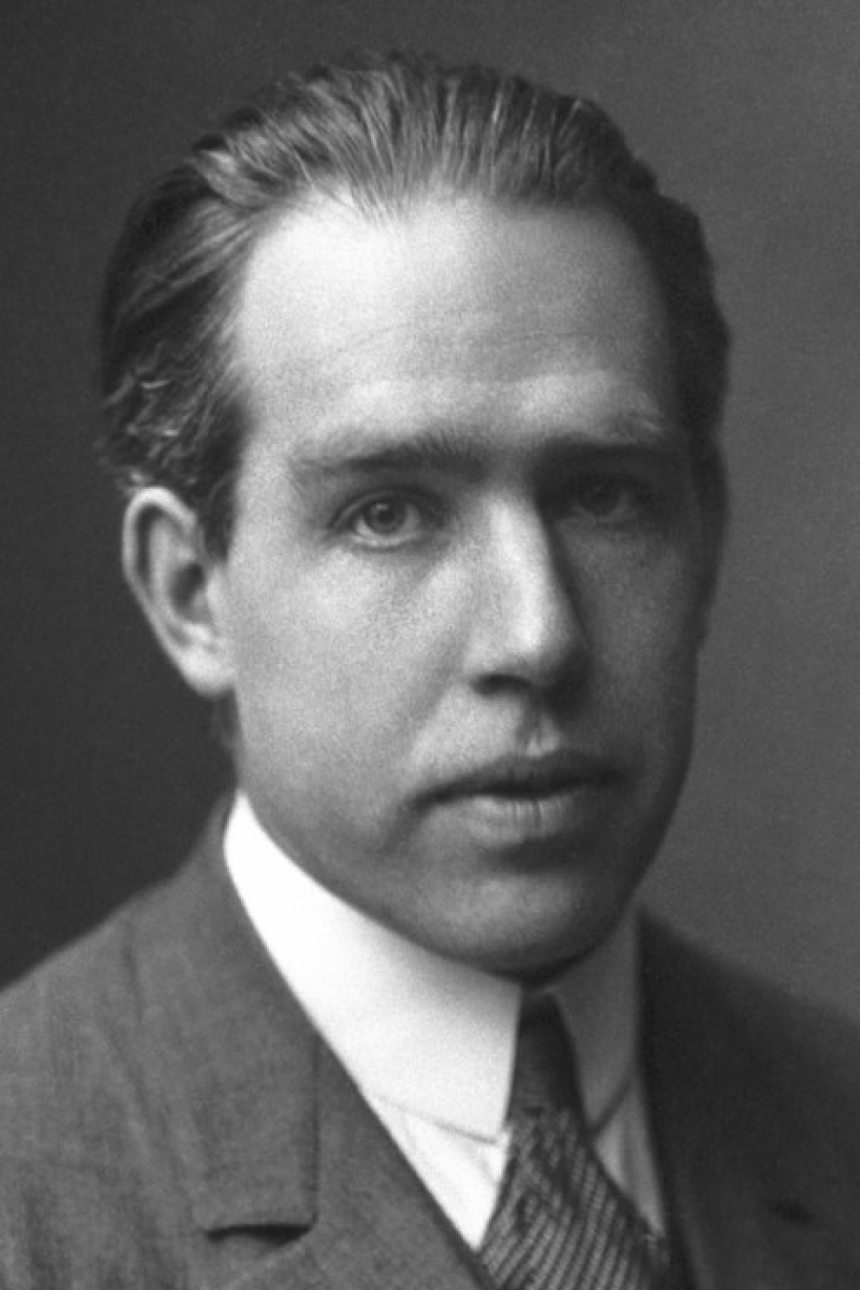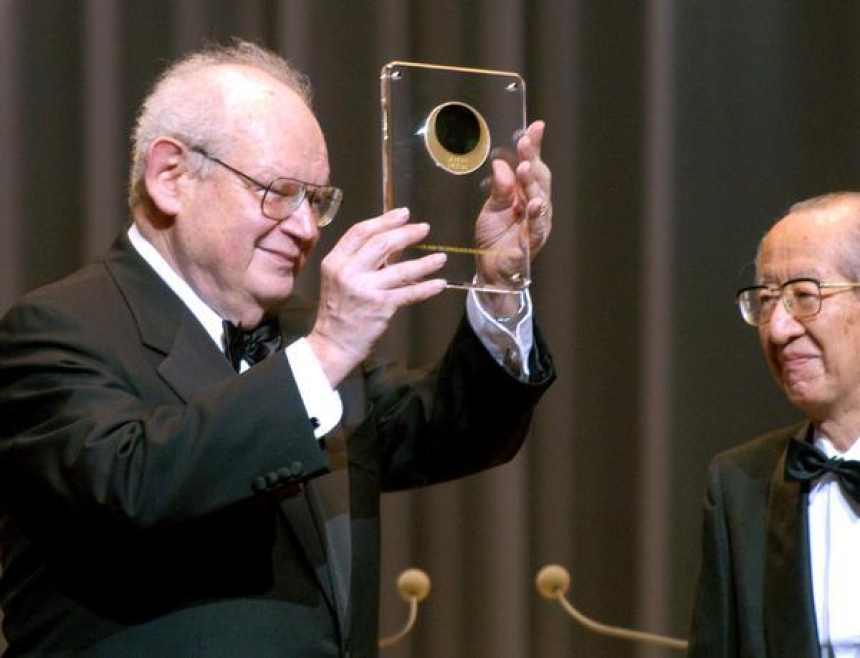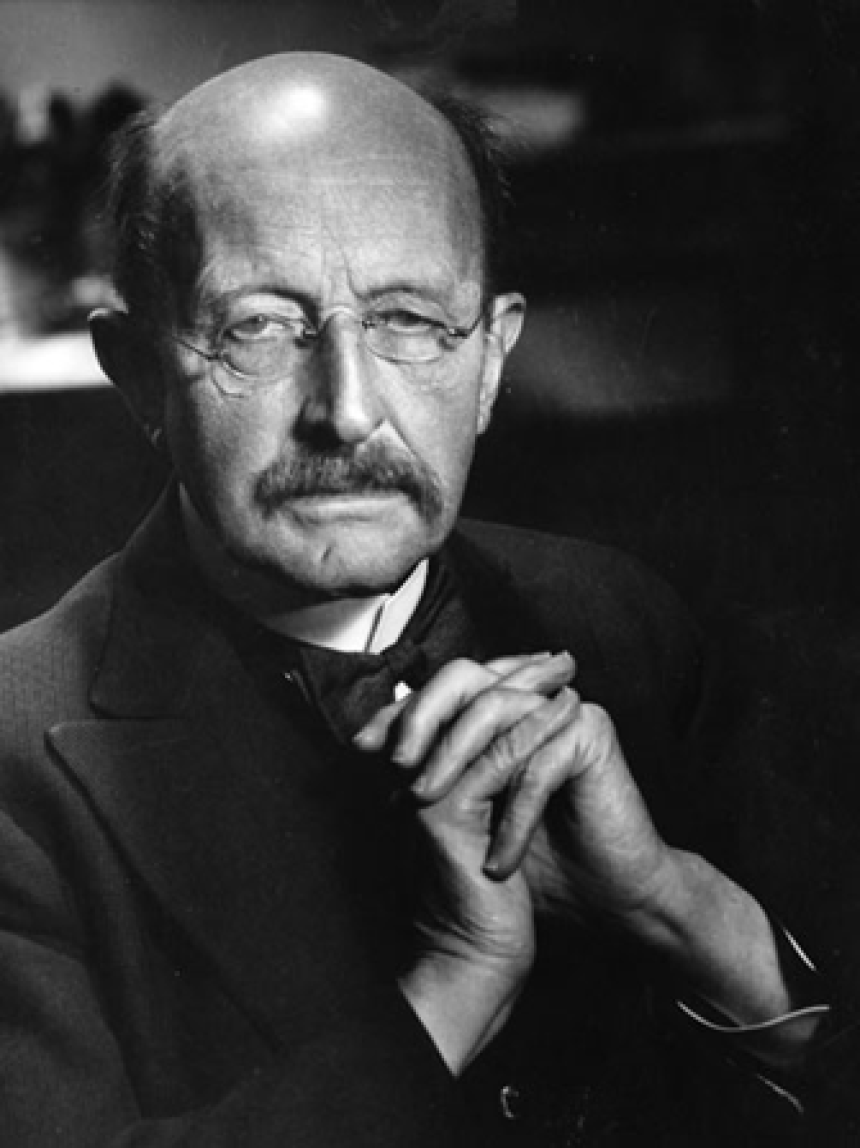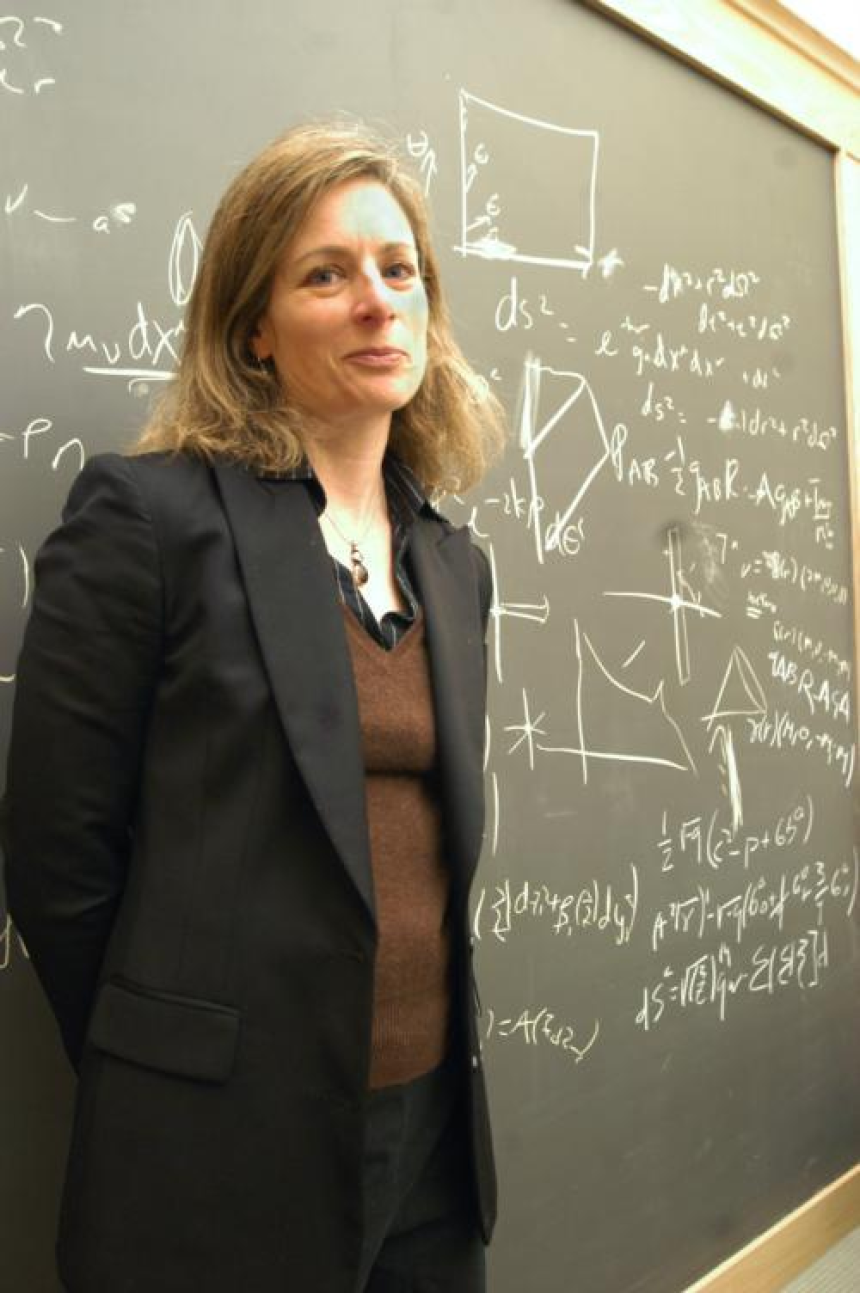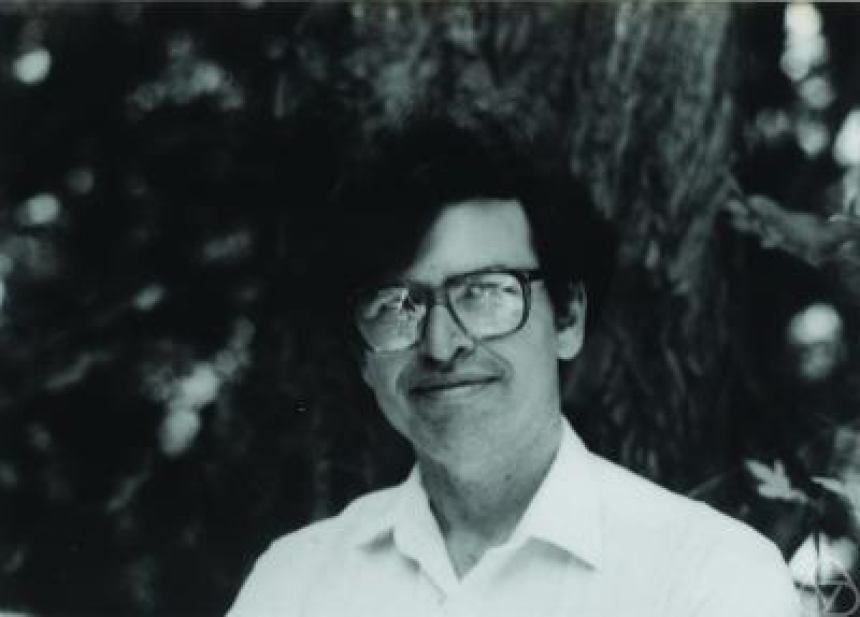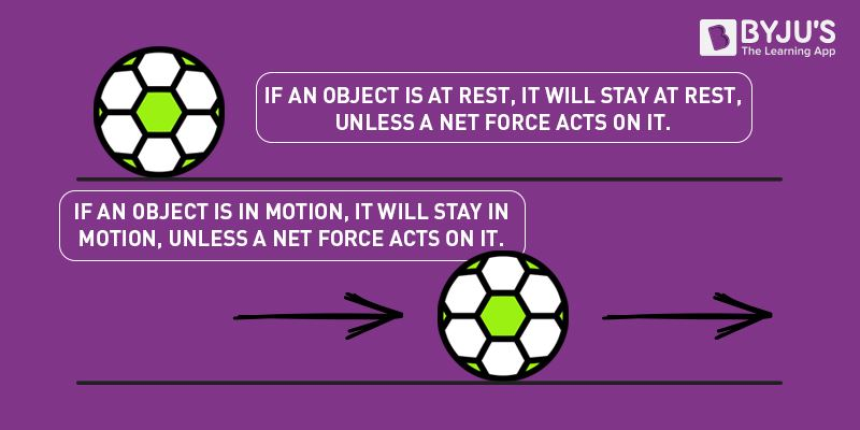
Newtons Laws of Motion
The Laws of Motion: Understanding Newton's Contribution to Physics
The Laws of Motion: Understanding Newton's Contribution to Physics
Physics is a fascinating subject that explains how the world around us works. One of the fundamental theories in physics is Newton's Laws of Motion. These laws, formulated by Sir Isaac Newton in the 17th century, describe the relationship between an object and the forces acting upon it. Understanding these laws is essential for students to grasp the concepts of motion and mechanics. In this blog post, we will explore Newton's Laws of Motion and their applications in our everyday lives.
First Law of Motion: The Law of Inertia
The first law of motion, also known as the law of inertia, states that an object at rest will stay at rest, and an object in motion will continue in motion with a constant velocity unless acted upon by an external force. In simple terms, an object will stay still until someone or something pushes or pulls it, and an object will keep moving in a straight line at a constant speed until something stops it.
This law can be observed in our daily lives. For example, when you kick a ball, it will keep rolling until friction and air resistance slow it down. Similarly, if you slide a book across a table, it will eventually come to a stop due to the opposing force of friction.
Second Law of Motion: The Law of Acceleration
The second law of motion relates the acceleration of an object to the force applied to it and its mass. It states that the acceleration of an object is directly proportional to the net force acting on it and inversely proportional to its mass. Mathematically, it can be represented by the equation:
Force = Mass x Acceleration
This law helps us understand how objects respond to external forces. For example, if you push a heavier object and a lighter object with the same force, the lighter object will accelerate more because it has less mass.
Third Law of Motion: The Law of Action-Reaction
The third law of motion states that for every action, there is an equal and opposite reaction. This means that whenever an object exerts a force on a second object, the second object exerts an equal and opposite force on the first object. In simpler terms, this law explains that forces always come in pairs.
An everyday example of this law is when you jump off a boat onto the dock. As you push your feet against the boat, the boat exerts an equal and opposite force, propelling you forward and enabling you to land safely on the dock. This law is also the principle behind the propulsion of rockets.
Conclusion
Newton's Laws of Motion are the foundation of classical physics, and understanding them is crucial for anyone interested in the subject. These laws provide insights into the behavior of objects in motion and the forces that act upon them. The first law explains inertia, the second law explains acceleration, and the third law explains the action-reaction principle. By studying and applying these laws, we can better comprehend the world around us and solve scientific problems with precision.
FAQs (Frequently Asked Questions)
1. Who formulated Newton's Laws of Motion?
Sir Isaac Newton, a renowned physicist and mathematician, formulated Newton's Laws of Motion in the 17th century.
2. What is the significance of Newton's Laws of Motion?
Newton's Laws of Motion laid the foundation for classical physics and revolutionized our understanding of motion and forces.
3. How are Newton's Laws of Motion applied in everyday life?
These laws help us explain phenomena like the motion of vehicles, the flight of airplanes, and the behavior of objects in our surroundings.
4. Are Newton's Laws of Motion still relevant today?
Absolutely! Newton's Laws of Motion are still widely used by scientists, engineers, and researchers to study and analyze various physical systems.
5. Are there any limitations to Newton's Laws of Motion?
While Newton's Laws of Motion provide accurate descriptions for most everyday objects and speeds, they have limitations when it comes to phenomena observed at very high speeds or on the atomic and subatomic level, where relativistic or quantum mechanics principles take precedence.

